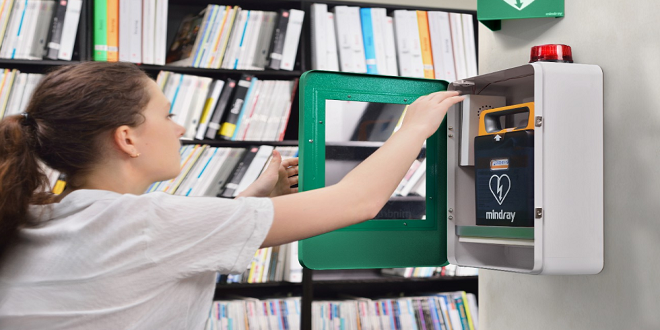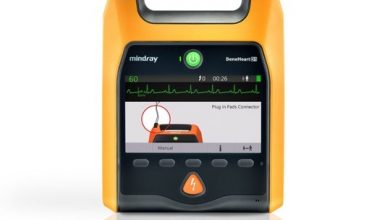When it comes to AEDs, what information is crucial?

Non-professionals can use a portable automated external defibrillator (AED) to resuscitate patients experiencing cardiac arrest and make the most of the emergency period. Sudden cardiac death occasionally happens due to the increased stress of modern life, including work and school, making the AED purchase even more crucial. There are a few things to consider nowadays when using an AED. First, consider the steps involved in using a Mindray AED.
There are three main ways that AEDs differ from large-scale defibrillators.
AEDs can initially be used by trained medical workers and unskilled laypeople, unlike large-scale defibrillators that can only be operated by qualified medical personnel.
Defibrillators can only be used in hospital wards, surgical rooms, exam rooms, ambulances, and clinics, whereas AEDs can be used anywhere.
Defibrillators rely on medical experts to decide whether to discharge and the quantity of energy based on changes in the patient’s ECG; however, AEDs may also automatically assess the patient’s heart rate, decide whether to discharge, and automatically calculate the joule of the electric shock.
When utilizing an AED, how should first aid be administered?
Determine the person’s condition first if cardiac arrest is suspected. As soon as possible, dial the emergency number, start CPR on the patient and find someone nearby to get the AED equipment. Give first aid as directed by the AED if the patient is unconscious, unresponsive, or not breathing independently.
It has been demonstrated that the success rate of first aid for cardiac arrest patients can be greatly increased by employing high-quality, user-friendly, cutting-edge AEDs like Mindray. Visit their website to learn more.





